This week, reading about Automediality, I asked myself the question, “Who are we?” It’s a question almost as old as time itself. Einstein first linked time with space in 1915 when he formulated his Theory of General Relativity; defining the two as inextricably linked forever and more correctly termed “spacetime”.
Digital identities or personas have a place in spacetime. It’s not a tangible, touchable place or space, but it’s a legitimate place nonetheless and becoming more so by the day. So how do we get to know a person online?
In games such as Second Life, users choose an avatar to visually represent themselves. The same is true of all social media. The difference between face-to-face and digital personas comes down to image control. We have exclusive rights to our own images, even if someone else wants to post a picture of us, we have the power to approve it or not. It’s a level of curatorship we don’t have over our physical lives. In the physical world, we can’t enter the room for a job interview and then review the footage and go again if we didn’t like the impression we made the first time, adjusting the room to get our good side or rearranging our greeting to sound more pleasant or more intelligent. In the digital world, we can take 400+ selfies and choose the one we like the best. The one which represents the way in which we want to be seen by others. We can then crop it and run filters over it until it represents us. But is it really us? Or is it our digital persona?
Digital personas are just that, personas. They are images, videos, sounds and written reflections of an idea of us. They are ‘other’ and the subject of other, of personas and digital identities links with another subject which I have studied at length over the past few years; fame. Or more specifically, the effect that fame can have on a person’s psyche. Because creating personas we’re actually doing exactly what famous people do and, perhaps surprising to those who seek fame’s sparkling lights, it’s not good for you. So by automediating our lives are we setting ourselves up for failures of the famous kind?
In the study, “Being a Celebrity: A Phenomenology of Fame”, researchers Donna Rockwell and David Giles discovered that “In relation to self, being famous leads to loss of privacy, entitization, demanding expectations, gratification of ego needs, and symbolic immortality.”
Perhaps the question “who are we?” then becomes “who are we online?” And if it’s not possible to ever really know a person face-to-face then how can we ever know a person’s persona? Or is that the entire point?
References:
Giles, David and Rockwell, Donna. “Being a Celebrity: A Phenomenology of Fame” Journal of Phenomenological Psychology. Online. 2009. https://www.researchgate.net/publication/233667622_Being_a_Celebrity_A_Phenomenology_of_Fame
General relativity explained in under three minutes. Bromberg, Eric and Oliveres, Jordi, Producers. YouTube. 2015.
What Exactly is Spacetime? Explained in Ridiculously Simple Words. Science ABC. https://www.scienceabc.com
YouTube, 4 Oct, 2021. https://www.youtube.com/watch?v=3khY_bwf5FY
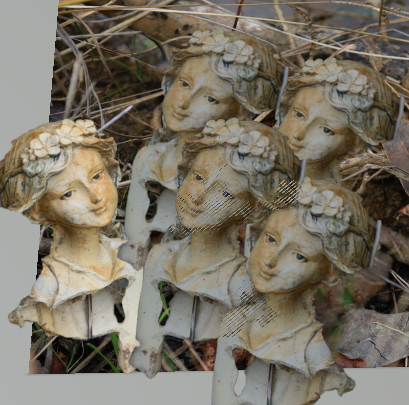
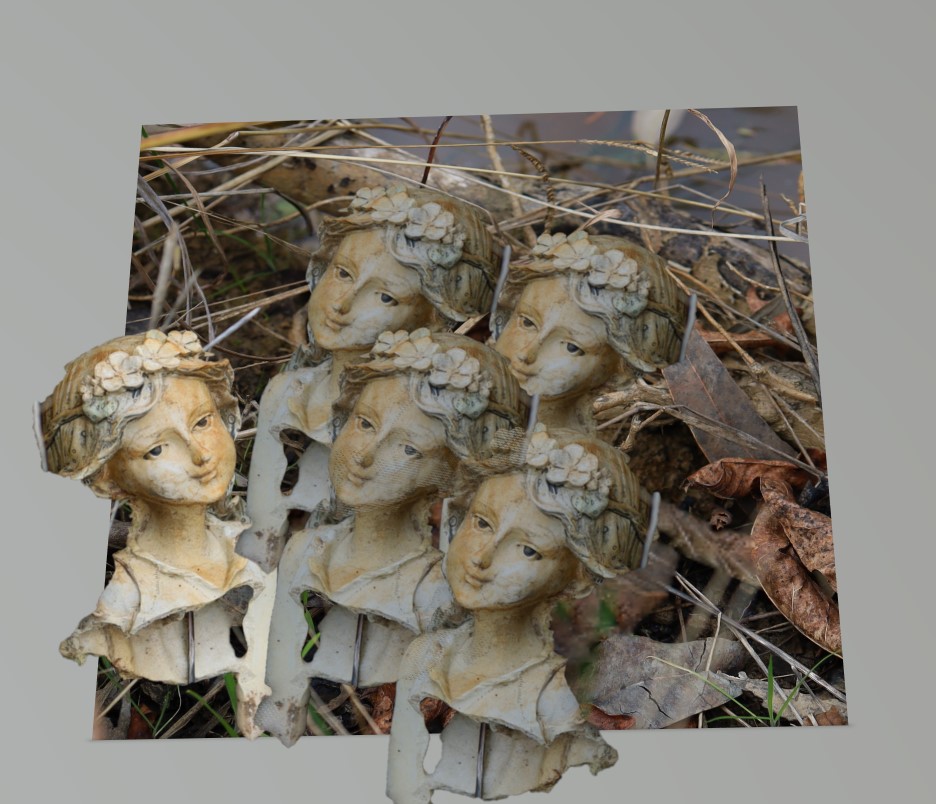



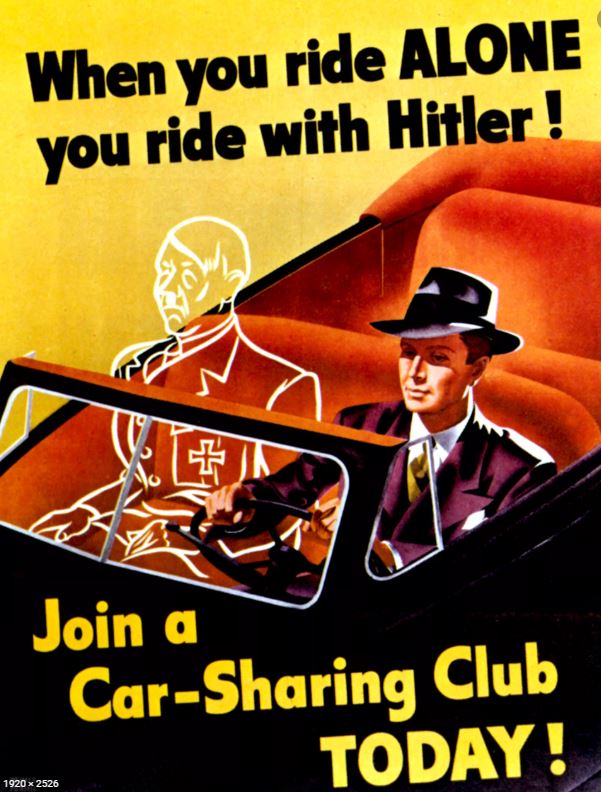
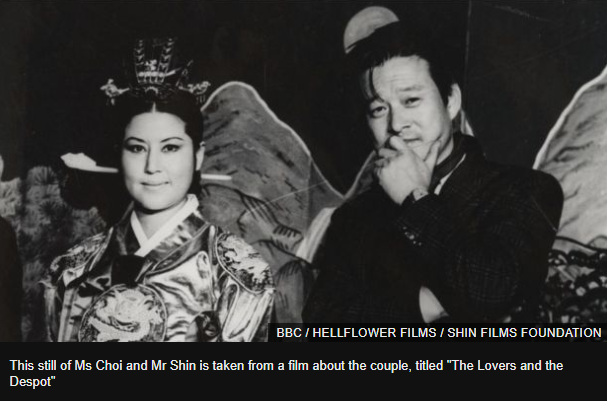

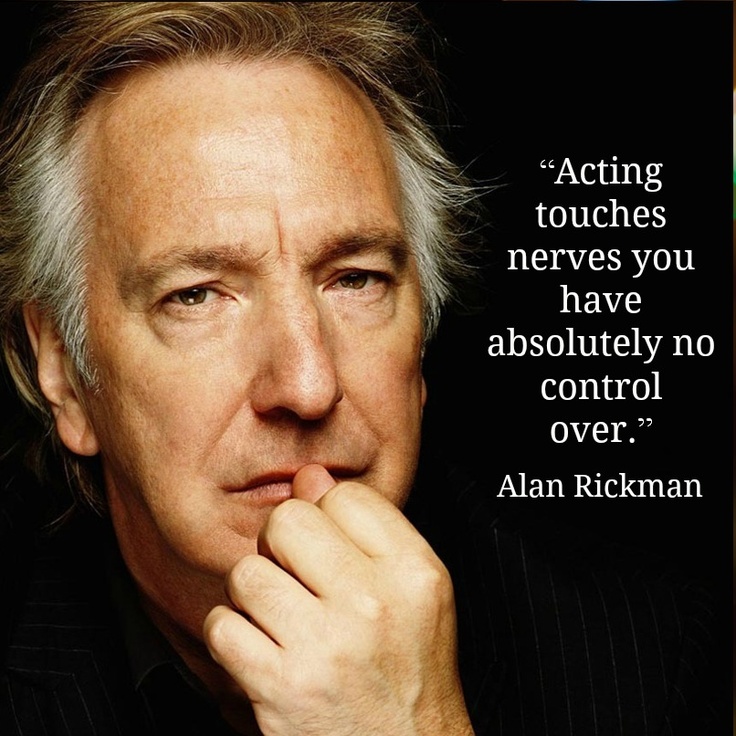


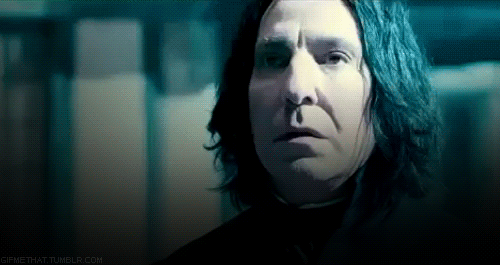


Recent Comments